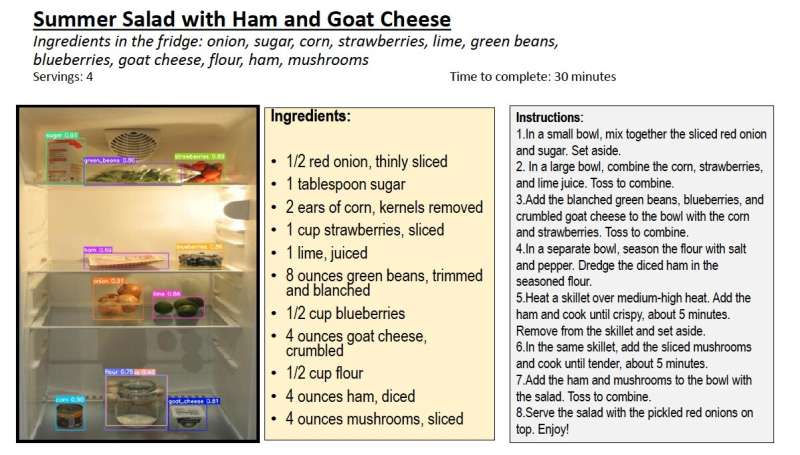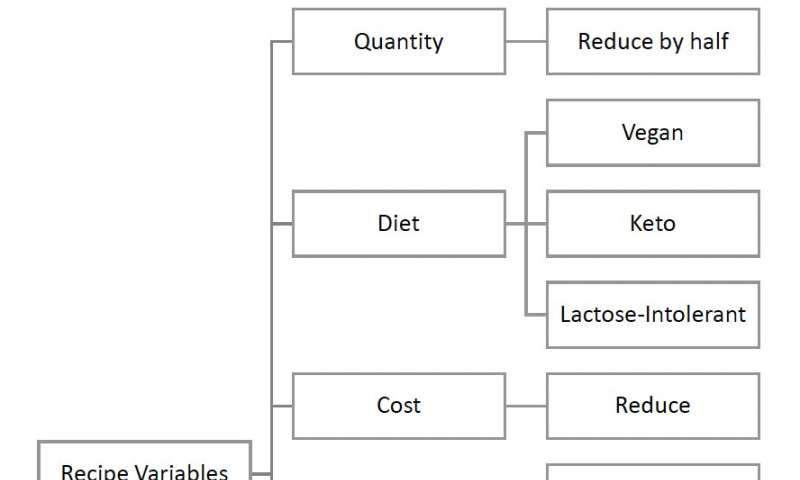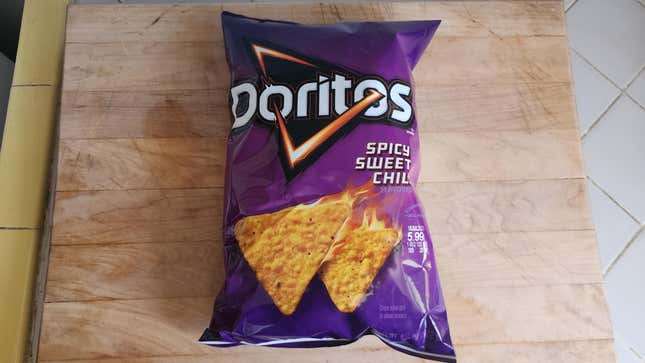Apparently it's been banned since 2015.

Alamy/Allrecipes
We love Aldi for so, so many reasons. The budget-friendly copycats, unique products, and exciting monthly finds, and general aesthetic of the store. But did you know it also holds its products to high and rigorous quality standards? Since 2015, the grocery chain has banned several ingredients as a way to uphold those standards.
Among those ingredients is Monosodium Glutamate (MSG), partially hydrogenated oils, and one unexpected one. We actually didn't believe it until we start checking Aldi products at home, and lo and behold, none of them contain synthetic colors. So how did Aldi remove synthetic food colors and dyes from their products? And why?
Why Aldi Removed Synthetic Colors From Its Products
First, it's important to understand that Aldi still uses food coloring in its products, just colors derived from natural plant sources, not synthetic sources. Here's why the distinction matters.
Artificial colors and food dyes are one of the more controversial food additives out there. Without going too far into the debates, some studies have found a supposed correlation between artificial food dyes and the incidence of ADHD in children, while others posit a link between these dyes and obesity or even link them to carcinogens.
Some states have even gone so far as to propose bans against certain synthetic dyes that are found in lots of popular foods. But the FDA still contends that synthetic color additives are, "safe when they are used in accordance with with FDA regulations."
However, Aldi made the decision to remove them back in 2015, "in response to our customers’ feedback." According to its website, the decision was made after customers expressed interest in more natural, plant-based food colorings. But what does that actually mean? Where are those dyes coming from?
Where Does Plant-Based Food Coloring Come From?
When you start to look around, you'll notice lots of foods have naturally occurring rich pigments. Foods like turmeric, paprika, and lots of different fruit and vegetable juices are used as natural food dyes. A few years back, scientists even discovered a way to derive blue food coloring from red cabbage (ironically).
In a recent viral TikTok video, one consumer went to test if the synthetic dye ban at Aldi was, in fact, real. They found that Aldi was indeed keeping up with its promise. They also found that a lot of the products that would typically contain red dyes—cheese curls, fruit snacks, and nacho-flavored tortilla chips, for example—instead contained Annatto extract.
What is Annatto Extract?
Annatto extract is a food coloring agent and flavor additive derived from the seeds of the achiote tree. The seeds have a natural bright orange-red hue, making it an ideal choice as a natural food dye. Its color comes from compounds called carotenoids, the same compounds that give carrots, pumpkin, salmon, and even autumn leaves their potent pigment.
The extract is also commonly used to flavor dishes in South and Central American cuisine, and goes by the names achiote, achiotillo, bija, urucum, and atsuete.
Annatto had become widely used as a food coloring because it's truly natural and does not impart any flavor on the final product. Start looking and you'll find annatto extract on a lot of ingredient lists ranging from cheddar cheese and that blue box of macaroni to ice cream and cookies.
It's not hard to see why Annatto was an easy choice for Aldi when the store was looking for naturally-derived colorings for its foods. The chain writes that since 2015, it has worked hard to reformulate its products, removing these banned ingredients without compromising on, "the exact same high-quality and taste shoppers expect from ALDI exclusive brands."
The Surprising Ingredient Aldi Won’t Allow in Its Products - Yahoo Life
Read More

















![Maya plasters from Copan archaeological site (Honduras). (A) General view of Structure 10L-16 (Late Classic building dedicated in 776 CE) (22). Within this structure is located substructure “Rosalila” (540 to 655 CE), the best example of a complete Classic temple in the Maya area, whose surface is decorated with pinkish lime plaster and stucco masks (B). Samples MCopan-10 and MCopan-11 were collected from the latter location, shown (marked with a red star) in the site map (C). Samples MCopan-1 (D) and MCopan-2 (E) corresponding to coarse lime plasters from the interior wall of the central room of Structure 12, ca. 700 CE [blue star in (C)]. Samples MCopan-3 (F) and MCopan-4 (G) corresponding to a fine two-layer plaster (“stucco”) floor from the mid-Classic (500 to 700 CE) collected in tunnel 74 at Structure 10L-16. (C) adapted from (22) with permission from Springer Nature. Photo: Science Advances (2023). DOI: 10.1126/sciadv.adf6138](https://arkeonews.net/wp-content/uploads/2023/04/Maya-plasters-min-scaled-e1682020701667-1024x840.jpeg)
:max_bytes(150000):strip_icc():focal(919x492:921x494)/Halsey-042223-2000-4081baec49094c88990b1b2dfc65cd9a.jpg)
